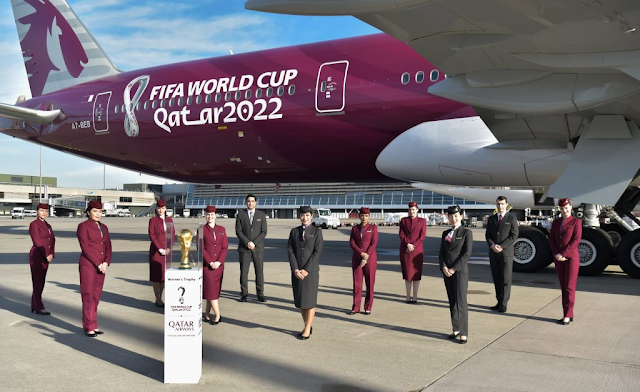FIFA World Cup makes air connectivity take off Middle East
The top supplier of travel intelligence, Mabrian Technologies, has performed research on how the FIFA World Cup will affect Qatar's aviation connectivity. As more football fans showed up for the tournament, more planes were anticipated to land at Qatar's airports. However, the analysis demonstrates that the impact on Qatar's neighbors is significantly greater.
The number of inbound airline seats for Qatar will rise by 25% during the World Cup festivities, per the inbound flight schedules as of November 8th. In comparison to last year, this translates to 400,000 more inbound seats at this time.
For other Middle Eastern nations, the effect on air connectivity will be comparatively much greater. Kuwait's air capacity will rise by 53% during this time, while Saudi Arabia, the United Arab Emirates, and other countries will each witness increases of 46% and 43%.
As a result, during the event time, 14.6 million inbound flight seats are scheduled to this region.
The impact of the tournament on internal air connectivity in the Middle East region also stands out in this analysis. In this time, there will be a significant rise in travel between Qatar and its neighbours. In actuality, Kuwait (6%), the United Arab Emirates (11%) and Saudi Arabia (30%) account for 47% of the new inbound seats to Qatar for the time period. Making a total of 188,000 additional seats for Middle Eastern regional aviation connectivity.
The FIFA World Cup is intended to mark a turning point for Qatar's tourism industry, with ripple effects that will improve awareness of and connections within the Middle East as a whole.



Comments
Post a Comment